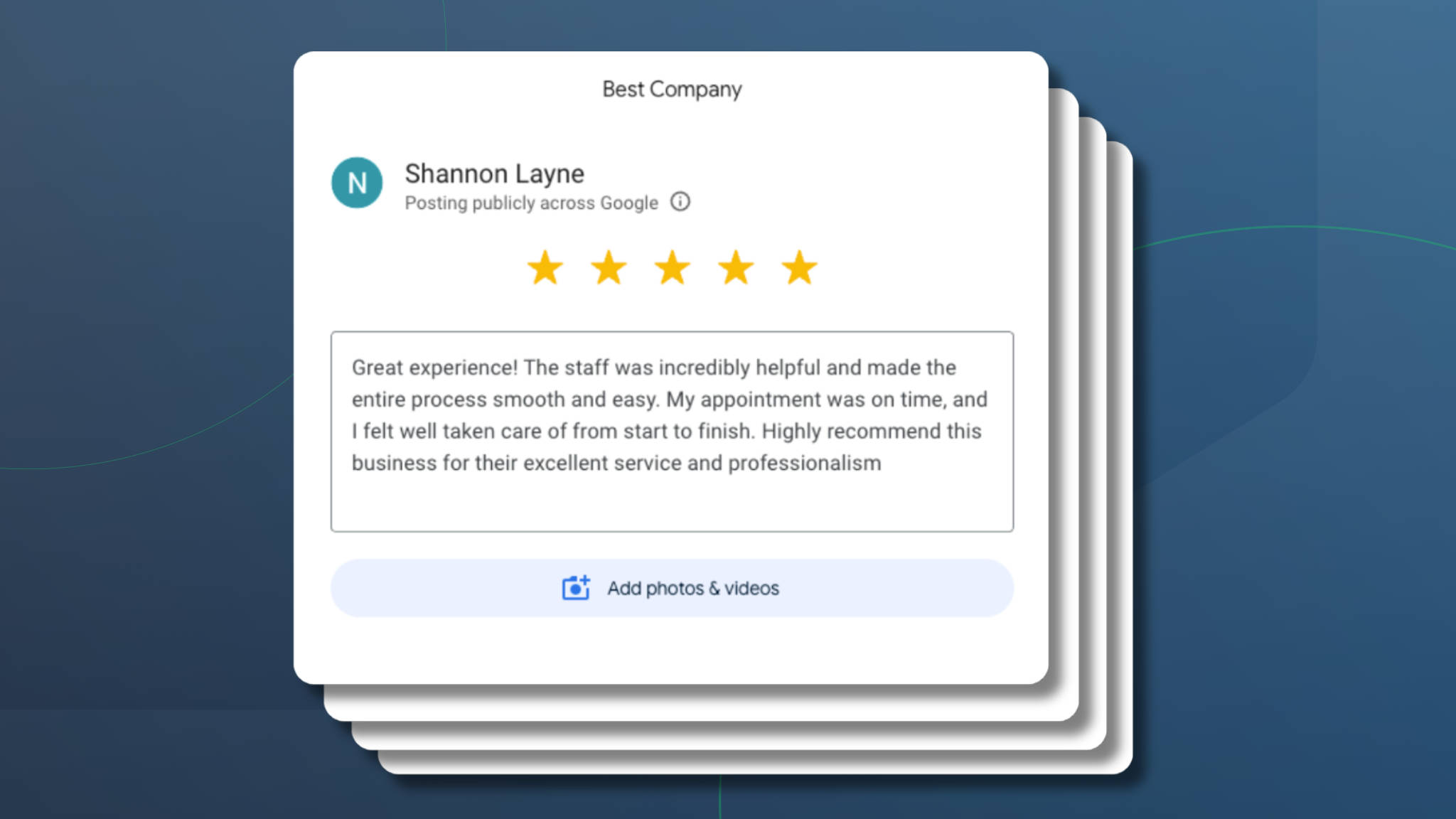Estimated reading time: 7 minutes
For almost any kind of business, the client intake process is a critical component of building relationships.
How customers and clients feel when they first enter into a relationship with a business matters. And how a business organizes and manages its client communications is hugely imperative to how well they are able to deliver on expectations.
Not only is it important from a tactical and strategic perspective to help the parties learn about each other, but it’s also important for setting the tone of the relationship. Having an intake process that feels smooth and seamless to your customers and clients will give them a feeling of safety and security—they’ll trust you more from the outset of the project.
Designing the right intake process is not simple. It usually takes testing and iteration to work out all the kinks. However, there are many key components and considerations that you can incorporate into your plan to get a jumpstart in the right direction.
Intake Process Flowchart

Define Priorities and Goals
First and foremost, your intake process should be a time to level-set the expectations from both sides of the discussion.
In any working relationship, this means defining the goals and priorities of both parties and making it clear what will be deemed critical, what is expected, and what targets or specific outcomes should come from working together.
This applies to nearly every business. Doctors define a patient’s goals by asking questions about the reason for their visit. Salesmen define goals by asking about specific pain points or opportunities for the company.
No matter the industry or market, having a clear and consistent set of goals and priorities is the number-one objective for your intake process.
Tips and tools
- Begin by reviewing any past discussions about objectives, goals, and priorities.
- Codify those goals and make them as specific as possible; try to quantify them and assign a timeline to each goal (e.g., improve sales by 5 percent within the first quarter).
- If there are multiple goals or objectives that may be competing, create a full list and then prioritize them in order of importance.
- Set expectations about what may be considered a secondary objective versus a primary.
- Goal Setting: A Scientific Guide to Setting and Achieving Goals.
Establish Decision Makers and Stakeholders
Beyond just deciding what needs to be done and how you’ll go about doing it, you need to define who is involved in the process and who has the final say on any work being done.
When push comes to shove, there needs to be a key decision-maker who calls the shots.
If you’re a designer working with a small business, you may have a number of people who provide feedback on the work. But one person from their team should ultimately approve the final product.
Establishing this upfront—defining roles for the process—will save you a ton of time and headache later and put people in the right mindset to either take the lead or defer to the person who is in charge.
Tips and tools
- Establish one person as the primary decision-maker on either side.
- Get an understanding of the dynamics of stakeholders involved and use that to inform future work and communications.
- Identify any competing or parallel goals that may exist from the different stakeholders involved.
Set Communication Guidelines
There’s nothing more important to the customer experience than communication.
No matter the kind of business—whether it’s a doctor’s office or a consulting firm—it’s important to set expectations about how communication will take place. Who will be the primary points of contact? How will they exchange information? (Phone call? Email? Slack?) How often will information be communicated between parties?
Developing this as part of the intake process will alleviate problems that could arise later if communications are broken or inconsistent. Providing a clear understanding of how, when, and where communications will take place allows everyone to be on the same page. It reduces the likelihood of a communication breakdown and improves the overall relationship.
During this part of the intake process, you can set expectations on how often the client/customer will hear from you or your team. Should they be worried if they don’t receive an update for two weeks? Or is that to be expected?
It’s important to establish these guidelines and then make sure your systems and processes back it up.
Tips and tools
- Define primary points of contact from each side. Be sure that you define one person to take ownership. Otherwise, communication can quickly fall apart as team members expect someone else to take the lead.
- Establish preferred methods of communication but also gather relevant backup information, like phone numbers or mailing addresses, as appropriate.
- Set communication cadence and expectations — then deliver on them.
- Use an automated appointment setting and follow-up/reminder software like Apptoto.
Onboard for Relevant Tools
Most times, companies have different tools and technology that they use for managing tasks, organizing teams, tracking time, etc.
At the start of a relationship, it’s smart to take stock of what is being used on both sides and determine who will need access to which tools. In some cases, the client or customer may need you to start using their tools. In other cases, you may want to grant access to them in order for them to be able to review your work as it progresses.
Tips and tools:
- Keep a running list of the tools your team uses and review each with new clients to see which ones will be applicable.
- Bake in some questions about tools/technology during the discovery process to get an understanding of what you’ll need to do.
- Set clear internal guidelines as to which tools the client/customer will have access to and which ones will be for internal use only. It’s important to have some separation.
The Balance of Service vs. Efficiency

We’ve all been to a doctor’s office where they throw 100 forms at you and send you off into the waiting room. It feels a bit cold and impersonal, but it’s more efficient than having the intake staff collect every patient’s information individually.
This is the balance between service and efficiency.
On one hand, you want an intake process that makes your customers and clients feel valued and important. But providing personalized attention to each customer comes at a cost: it’s time-consuming and expensive.
This is a critical decision for your business and will shape the details of your intake process.
Should you simply perform onboarding by sending a stack of paperwork over to your new client? Or should each customer be met with a company-wide meeting and a catered lunch?
As a general rule, the higher the cost of the engagement, the more hands-on, personal attention your customer or client will expect during this phase. Luxury car dealers, for example, go to great lengths to make their customers feel important and valued. This is expected because fewer potential customers make each interaction more valuable to the company.
The best policy is to define your intake process with the expectation that it will change and evolve. Build in metrics that will allow you to assess the success of your process. Then measure and refine it over time.
Optimize the process to provide the most value to your customer and the most benefit to your business.




